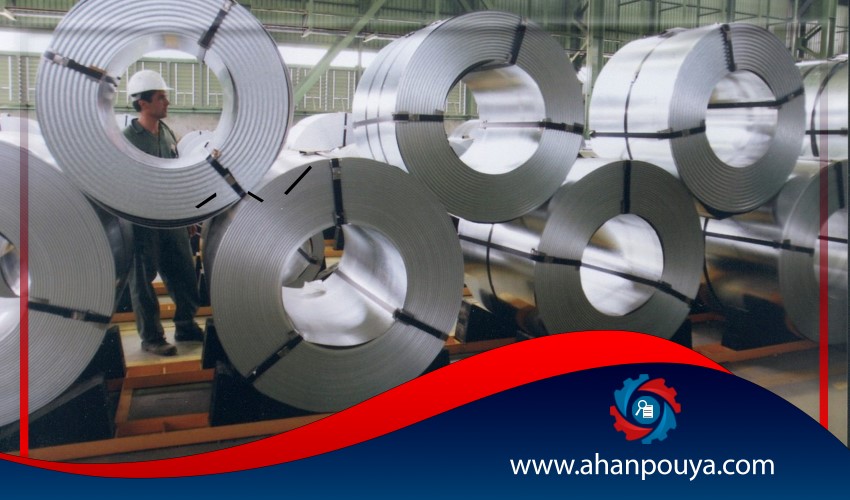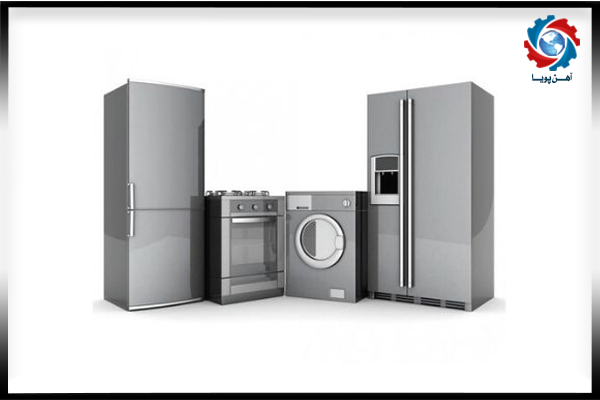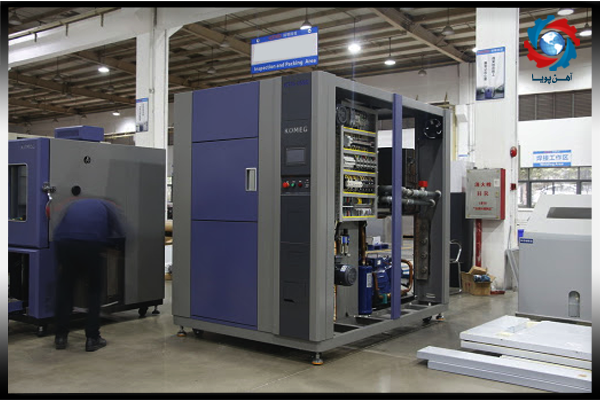
In Mobarakeh Steel Company, hot rolled and cold rolled sheets are produced for various applications and the price of iron sheet varies depending on the application. Some of the final uses of these products are as follows :
1.construction applications for different components of structures , bridges , and so on .
2.Pressure vessels and household gas capsules .
3.Automobile industry for body and chassis making .
4.Oil and gas pipelines with grades in accordance with API standards .
5.Forming, deep and ultra-deep stretching .
6.Marine and shipbuilding industries for the construction of a variety of offshore structures, docks, vessel types, etc .
7.applications where good resistance to atmospheric corrosion is important .
During the production of the above-mentioned products and in order to meet the international standards and consumer requests of these products, the production process must be under strict control, which varies depending on the process of the price of the sheet.

1.Chemical composition of steel
2.Preheating temperature of bed in furnace
3.Time to heat the bed in the furnace
4.Thickness reduction in the last rolling pass
5.Temperature of the last pass rolled
6.Winding coil temperature
Considering that the majority of products undergo various forming and welding processes and also due to the acute and special conditions that most of these products are faced in service, it is necessary that these products have a set of the following features that affect the price of the sheet.
1.High strength
2.Good weldability
3.Excellent impact resistance
4.Good Surface Quality
5.Good internal quality
6.Low non-metallic impurities
7.Good fatigue resistance
Quality control is a constant and often iterative process that takes place during the phases of a project and involves examining whether the produced product complies with the quality standards defined in the quality management plan . Quality control methods also provide solutions to eliminate defects and defects. In general, quality control focuses on the following specialized areas :
1.The prevention phase, which includes actions to be performed to reduce the probability of errors occurring during and the outcome of the work .
2.The inspection stage , which includes factors and actions that remove the flaws and errors from the end of the final client .
3.And the tolerance stage is when the results of production fall into an acceptable range or range based on the criteria specified in the quality management program .
Different tests are carried out to determine the quality of sheet steel , black cards and other metal - final products in terms of physical and mechanical properties . These tests for black sheet quality control and other structures may be either destructive or non-destructive. Among the main tests carried out by quality control staff in the steel plate production process are as follows :
It sometimes happens that the appearance of the product has some flaws , which are also visible even with the naked eye . Such objections can be detected by eye control test . These defects include squishy, severe twisting, openness chuck, crack, etc. However, it should be noted that the eye control test should be passed to skilled and expert people in order to reduce the percentage of human error in it.
Metallurgical experiments are used to control the quality of the black sheet by analyzing the microstructures of a sample by microscope . At first, the cross section polishes the sample very highly and is tested with magnifications with a diameter size of 100-500 . Steel microstructures include grains of different sizes that are put together with different combinations . In general , the steel with smaller particles is harder than steel with larger grains . Through the process of alloying steel with other materials, different specifications are created. Grain size, shape and distribution of phases and other components (non-metallic materials) can be determined and measured. These have a high impact on the mechanical properties of the metal .

It is not basic for matter , but is related to its elastic and plastic properties . The amount of hardness obtained in a particular experiment is used only as a comparison between material or behavior . The sample preparation method is quite simple and the results may also be used to estimate other mechanical properties . Two famous tests used to measure the hardness of the black sheet and other items are called Rockwell and Brinell .
Hardness is a property that determines the depth and distribution of hardness caused by cooling and quenching . The standard test used in this method of quality control of black sheet and steel sheet is called hardening test at the end of the quenching process and it is also called Jominy test. A sample size of 1 inch (2.54 cm) and length of 4 inches (10 cm) is heated uniformly to close aster temperature .
Tensile testing, such as hardness testing, is a laboratory test performed to determine certain mechanical properties. The prepared sample is tested at the head of the test apparatus and the axial load is entered through the hydraulic loading system on the specimen . Tensile testing is used to determine several important characteristics of materials such as yield resistance (where the material begins to display plastic or permanent deformation) and ultimate resistance to tension or fracture.
The ductility and flexibility of a material is demonstrated by its possible deformation value until the onset of the fracture, and can be calculated and determined by measuring the length and reduction of the surface of the tested tensile sample until its failure. Flexibility testing is also one of the black sheet quality control tests.
Compression tests are carried out on cylinders, blocks or small strips to determine their ability to withstand large plastic deformations (hammer-eating) and its limitations .

Ahan Pouya with more than a decade of best-selling experience, adheres to professional and ethical principles in the field of selling and buying at inside and outside the borders of Iran, helping you in the steel industry.